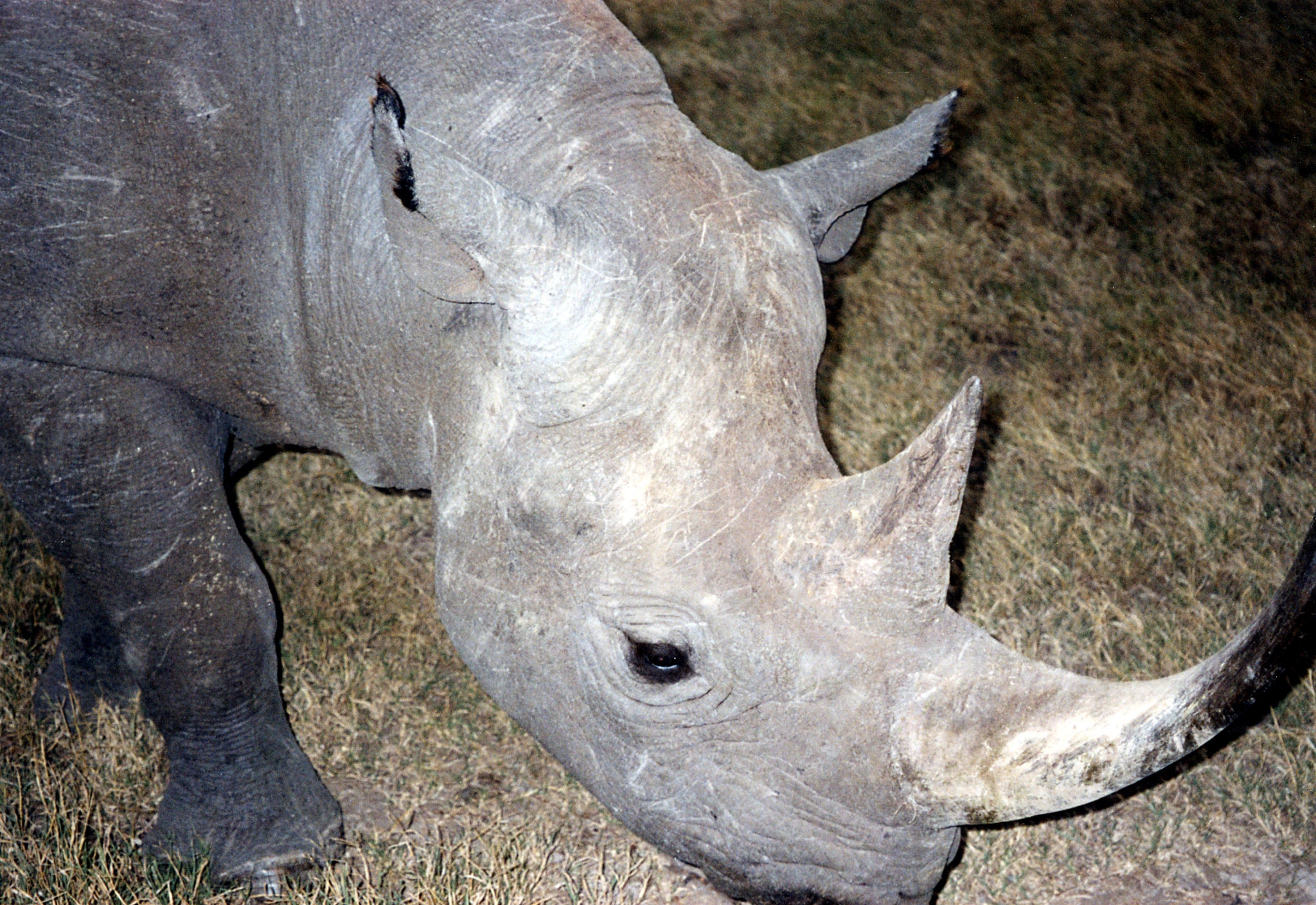
Single birth is a rule and give birth to fully developed ones i.e. Before delivery her stomach almost touches the ground. A pregnant detected only at least 6 months after conception, when there is a swelling of her underbelly. A male will detect the pheromone in urine of the female and will be aroused for mating. When a female rhino comes to estrus it urinates frequently and runs to and fro and shows an air of restlessness, intake of food becomes low. Female IR is polyestrous, with an estrus cycle of 46- 48 days, and remains for 2-3 days. The average age of sexual maturity of female rhino is 8-9 years and for male 9-10 years. In case of IR mating is the only activity that brings the male & female together or else IR is a solitary animal. It is of course also found in plain, marshy, riverine terrains at a higher elevation such as Chitwan in Nepal and Bhutan on the foothills of Eastern Himalaya i.e. It remained confined to the Northern half of the Indian subcontinent. IR is restricted to the alluvial plains of mega Rivers such as Indus, Ganges, Yamuna and Bra mhaputra. mud bathing during the hotter part of the day to lower its body temperature and to obtain relief from ectoparasites. The Indian Rhinos can attain a speed of 48-50 km/hr whereas an elephant can attain only 32 km/hr. Instead it is a compact mass of keratin fibres, not fixed to the skull, but resting on a bony cushion. The horn of rhino is not a true horn because it does not have a core of bone. In Indian Rhinos it is very difficult to distinguish a male from a female, but the female skull is slightly thinner and base of the horn narrower and horn slimmer. Rhino's vision is extremely poor but sense of hearing and smell are acute.
Rhinoceros height and weight skin#
Though the skin of GIOH Rhino like the others is unusually thick & seems to be impenetrable, in reality it is quite soft and is easily cut by a knife or penetrated. Asiatic species have heavy folds on their body in comparison to African ones. None of the five extant species has upper canine. The horn length is 35- 40 cm.įossil remnants show that all the 3 species of Asiatic Rhino were to be found in India in the prehistoric past.

Male & female both has horn and also of almost equal length.

It has two horns on its nose, anterior one larger than the posterion. It is the biggest of all the five Rhinos and also the second largest terrestrial mammal after the elephant. White word comes from the African word 'Weit" i.e.

The African white or Squaretipped Rhinoceros (Caratotherium simum) Average weight is 3.6 tons and average shoulder height is 198 cm.Due to its present status it has been included in the Appendix-I of CITES and Indian Rhino has been included in the schedule-I of Wildlife (Protection) Act, 1972. All five extant species today are also threatened with extinction due to interference by man. At present there are only five species in the world, two in Southern & Eastern Africa and three in tropical Asia.

Geological upheavals, climatic changes as well as biotic factors have ensured that most of the several dozen genera of the family Rhinocerotidae have become extinct. Around one million year ago the Rhino like animal was called as Coelodonta, i.e. A lot more changes occurred in the Rhino throughout the period. After 20-30 million years Hyrachus developed long slender legs with three toes on each foot and were known as Hyracodon. Its size was somewhat between that of a large dog and a horse. Hyrachus on earth 60-40 million years ago. The word 'Rhinoceros' is a combination of two Greek words - Rhino means nose and Keros means horn, that is a creature with horn on its nose.įossils discovered in many locations in North America, Europe, Africa and Asia confirms the first appearance of Rhino like animals i.e.


 0 kommentar(er)
0 kommentar(er)
